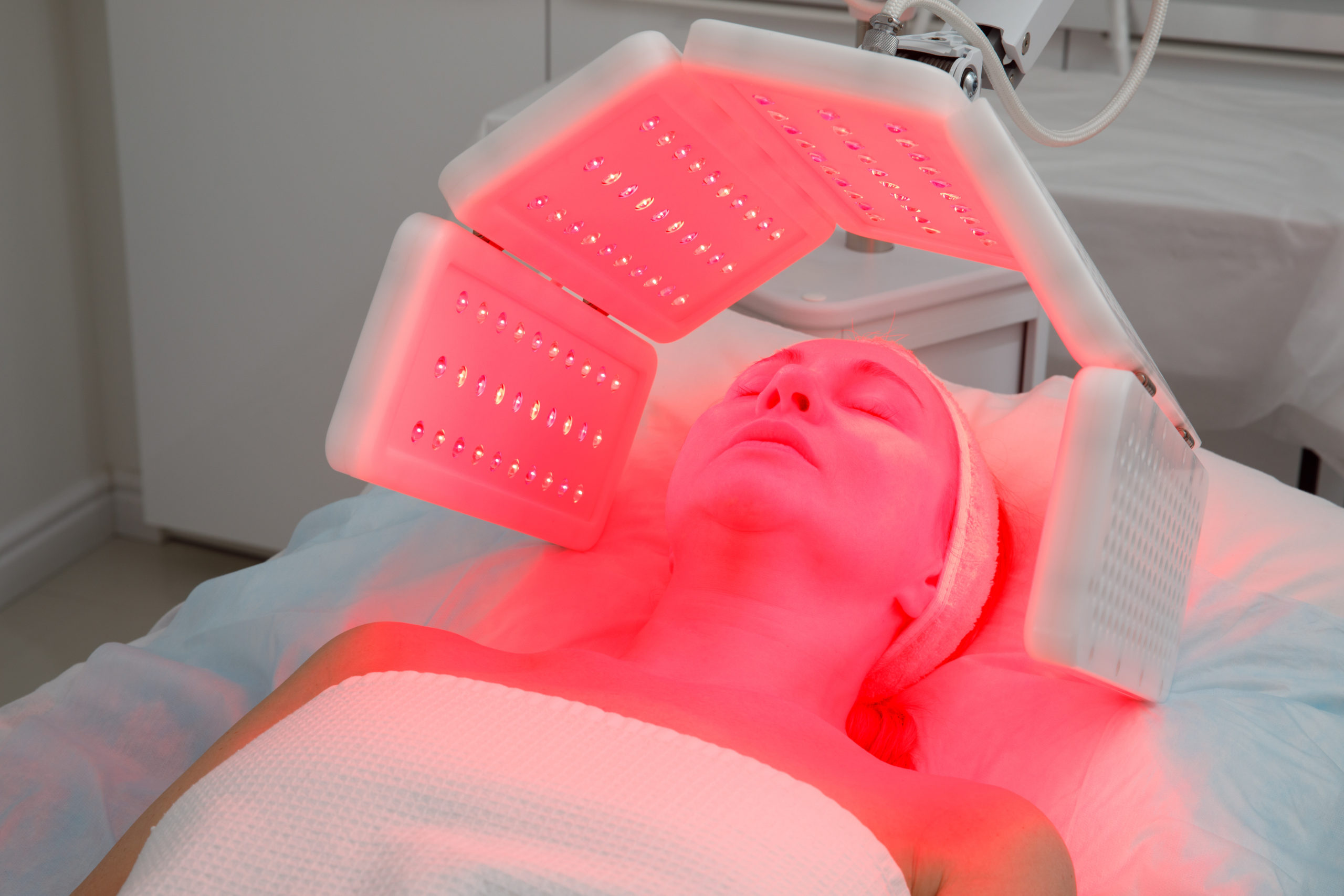
The exploration of the effectiveness of red light therapy and Near-Infrared (NIR) Light Therapy spans over 4500 studies, indicating its profound impact on various aspects of health. Unlike traditional sunlight exposure, which offers specific health benefits but comes with UV risks, red and NIR light therapy provides a spectrum of advantages without the associated hazards.
Recent studies highlight the significant impact of red and NIR light therapy on brain health. This therapy has shown potential in improving cognitive functions, enhancing memory, and providing therapeutic benefits in treating neurological disorders such as Alzheimer’s and Parkinson’s. The mechanism involves the stimulation of mitochondrial function in neurons, which is crucial for nerve repair and the prevention of cell death. This aspect of light therapy is particularly promising for its potential in neuroprotection and neuroregeneration, offering a non-invasive option for brain health management.
In orthopedics, the effectiveness of red light therapy is evident in its ability to aid in bone healing and development. It’s particularly beneficial for conditions like osteoarthritis, osteoporosis, and other degenerative bone diseases. The therapy works by stimulating osteoblasts, the cells responsible for bone formation, thereby enhancing bone density and accelerating the healing process in fractures and other bone injuries.
Red and NIR light therapy plays a critical role in regulating sleep patterns and hormonal balance. By aligning circadian rhythms, it promotes healthier sleep cycles. The therapy has been shown to influence the production of melatonin, a hormone pivotal for sleep regulation, thereby aiding in the treatment of sleep disorders like insomnia. Additionally, it can help in balancing other hormones, contributing to overall endocrine health.
For athletes and fitness enthusiasts, the effectiveness of red light therapy in facilitating muscle gain and speeding up recovery is noteworthy. It helps in reducing muscle fatigue, accelerating muscle repair post-exercise, and enhancing muscle growth by increasing blood flow and reducing inflammation. This aspect of red light therapy is crucial for improving athletic performance and reducing the risk of sports-related injuries.
Red and NIR light therapy is celebrated for its anti-inflammatory properties and effectiveness in pain relief. It’s beneficial for chronic conditions like arthritis, fibromyalgia, and other inflammatory diseases. The therapy works by reducing oxidative stress and inhibiting the production of inflammatory cytokines, offering relief from pain and discomfort associated with various chronic conditions.
In dermatology, red light therapy’s role in promoting skin health and counteracting aging signs is well-documented. It enhances skin elasticity, reduces wrinkles, and promotes collagen production. The therapy works by stimulating fibroblasts, cells that play a critical role in skin rejuvenation and repair, making it an effective non-invasive alternative to more aggressive anti-aging treatments.
With a foundation in over 4500 studies, red and NIR light therapy’s effectiveness is well-validated in scientific research. These studies encompass a wide range of health conditions, demonstrating the therapy’s safety and efficacy. This extensive research has led to the therapy’s adoption in various clinical settings, making it a trusted option in the medical community.
The evolution of red and NIR light therapy equipment has made this treatment more accessible than ever. For this reason, modern devices designed for home use nowadays allow individuals to benefit from this therapy without needing to visit a clinic, making it a convenient option for regular health management.
Find our line of Red and NIR Light Therapy devices for home use here: Lumavit Products
The effectiveness of red light therapy and NIR therapy is unmistakably broad, addressing crucial health aspects such as brain function, bone health, sleep quality, hormonal balance, muscle recovery, and skin health. Backed by extensive scientific research, this therapy stands out as a versatile and non-invasive approach to enhancing overall health and wellness.
For those seeking a comprehensive health solution, red and NIR light therapy offers a promising avenue. It’s a testament to the power of light in healing and maintaining the human body, proving to be an invaluable tool in the quest for optimal health.